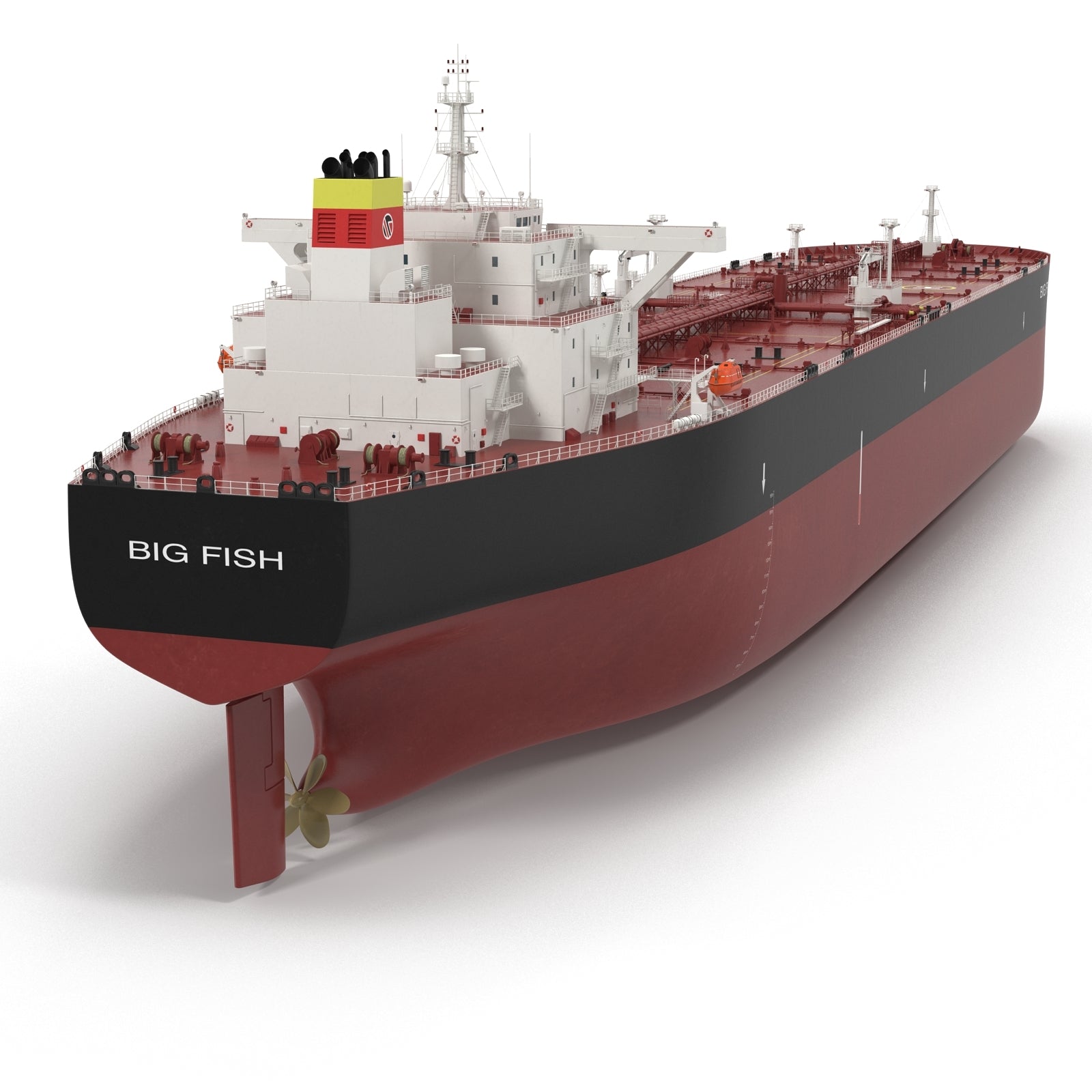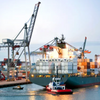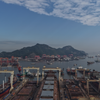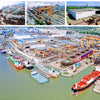2023 Q2 Market Review and tendency forecast of Mainstream Vessel types

Recently some authority research institute have published their market overview and outlook about mainstream vessel types for Q2 2023
aiming at provide reliable guidance for global shipping market and second-hand vessels in China. Currently, the complexity of international situation will continue influence the relation between supply and demand. High inflation and monetary policies will affect consumer sentiment and investment spending. Recent uncertainty in the banking industry, due to decreased liquidity and increased credit risks, has weaken global investment enthusiasm.
Although Russia's crude oil and petroleum product exports will decrease, the market will turn to other supply sources, such as the Middle East Gulf region, the United States, and Latin America, to obtain oil, which will increase transportation demand and support the rise of tanker freight rates. In the past two years, tanker ordering activity has been declined to the bottom. It is expected that the number of scrapped ships will slightly increase in the future, and the total number of orders will remain at a pessimism tendency, which will benefit the supply-demand balance of the entire market. There is a basic forecast is that the market will continue to have strong demand for transportation capacity in 2023 and beyond. With the reversal of epidemic prevention policies, China is expected to regain its position as the main driving force for oil demand, further supporting the global oil tanker transport market.
Some mediums maintains an optimistic short-term outlook for China's steel industry.
If China can achieve its 2023 GDP growth target of about 5%, it will significantly exceed last year's 3% growth. India's rapid economic growth is expected to have an average annual GDP growth rate of 6.5% from 2023 to 2026, becoming the main driving force for maritime trade growth. The supply fundamentals of dry bulk maritime transport are still favorable to shipowners. The uncertainty of future fuel prices and the high cost of new shipbuilding have led to a lower willingness of shipowners to order new ships, resulting in a historical low ratio of orders to fleets (7.6%). With the implementation of IMO 2023 regulations, there are predictions claims that some ships will slow down to meet regulatory requirements due to the limitations of the existing Ship Energy Efficiency Index (EEXI). Due to China's recovery from the epidemic, increased demand for coal, and changes in coal trade flows due to sanctions against Russia, the dry bulk market will rebound strongly in the second half of 2023.

Some analysis shows that as stimulus measures are withdrawn, consumption patterns will tend to normalize, so growth is expected to slow down. Global annual consumption demand is expected to increase by about 2.5% from 2023 to 2026. With the easing of port congestion, freight rates have dropped sharply. There are predictions pointed out that freight rates will bottom out in 2024 and then rise, easing market conditions. During a strong market period, scrapping activities naturally remain low. However, the market will tend to normalize after 2022, and scrapping activities will increase as relevant regulations begin to take effect. Container ship new orders are still growing at a high rate, but they have decreased compared to the 2021 order level.
If you have the following requirements: New ship manufacturing/ Second-hand ships trading/ Ship quality assessment/ Equipment maintenance/ Connecting Chinese ship brokers/ Third-party ship transaction guarantees service.
Contact: contact@vesselslink.com




